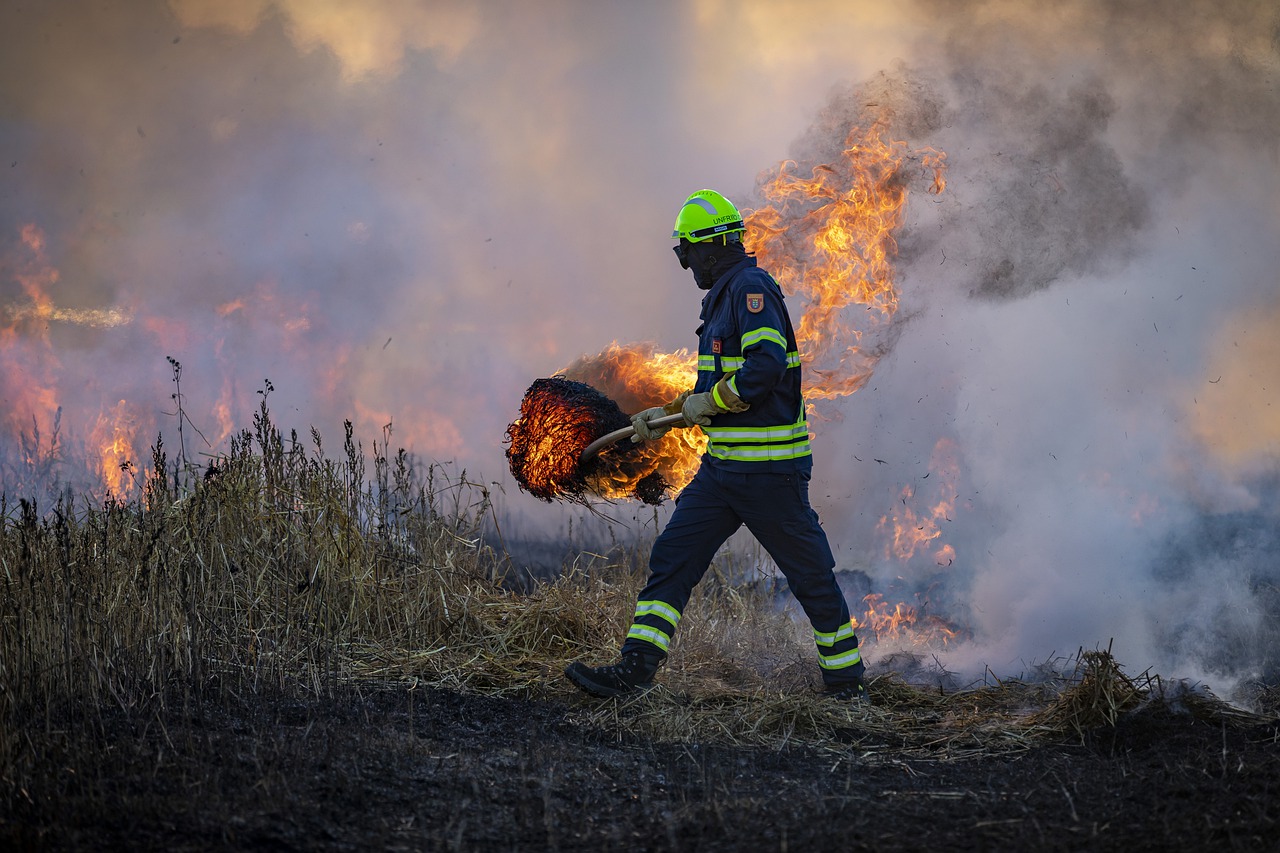
Vocabulary:
- ozone /OH-zohn/
- hinder /HIN-der/
- intense /in-TENS/
- exposure /ik-SPOH-zher/
- radiation /rey-dee-EY-shuhn/
[noun] – (= a form of oxygen) above the earth that protects the earth from the sun’s ultraviolet light
Depletion of the ozone layer leaves the earth’s surface increasingly exposed to harmful radiation from the sun.
[verb] – to limit the ability of someone to do something, or to limit the development of something
Her lack of experience hindered her progress.
[adjective] – extreme and forceful or (of a feeling) very strong
He felt an intense pain in his back all of a sudden.
[noun] – the fact of experiencing something or being affected by it because of being in a particular situation or place
You should always keep your sun exposure to a minimum.
[noun] – a form of energy that comes from a nuclear reaction and that can be very dangerous to health
The environmental impact of the radiation leak has been severe.
Article reading:
Prof. Clare Murphy (Paton-Walsh) of the University of Wollongong commented on the study, which was published in the journal Proceedings of the National Academy of Sciences. She said ozone loss was likely to be repeated during intense fire episodes, which are expected to increase with climate change in the coming decades. “Any slowdown in the recovery of ozone in the mid-latitudes will increase the overall exposure to UV-radiation for Australians and hence may impact the occurrence of skin cancers in future,” she said.
Discussion Questions:
- In your own opinion, how does a wildfire start?
- What other countries experience wildfires? What do you think can be done about it?
- If wildfires occur in your country, how would you deal with it?
- Do you agree that intense fire episodes are expected to increase with climate change in the coming decades?
- Why are wildfires so destructive? Please elaborate on your answer.
Summarization
Describe:
- satellite
- UV ray
- result
- journal
- wildfire